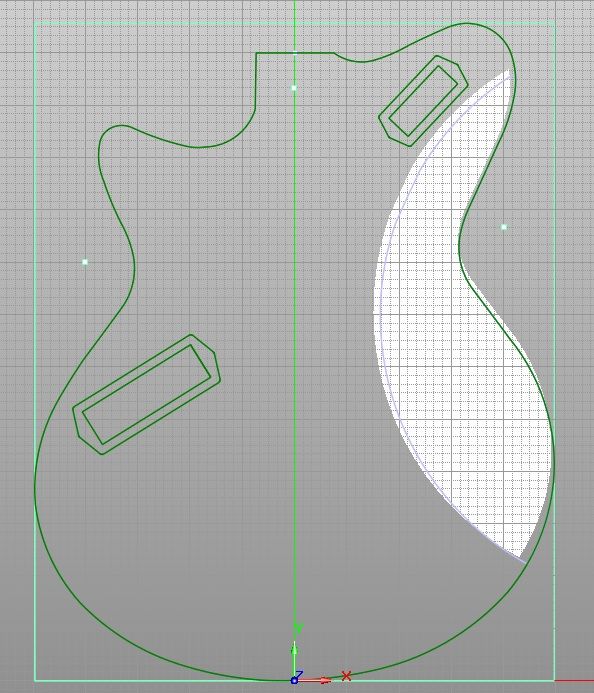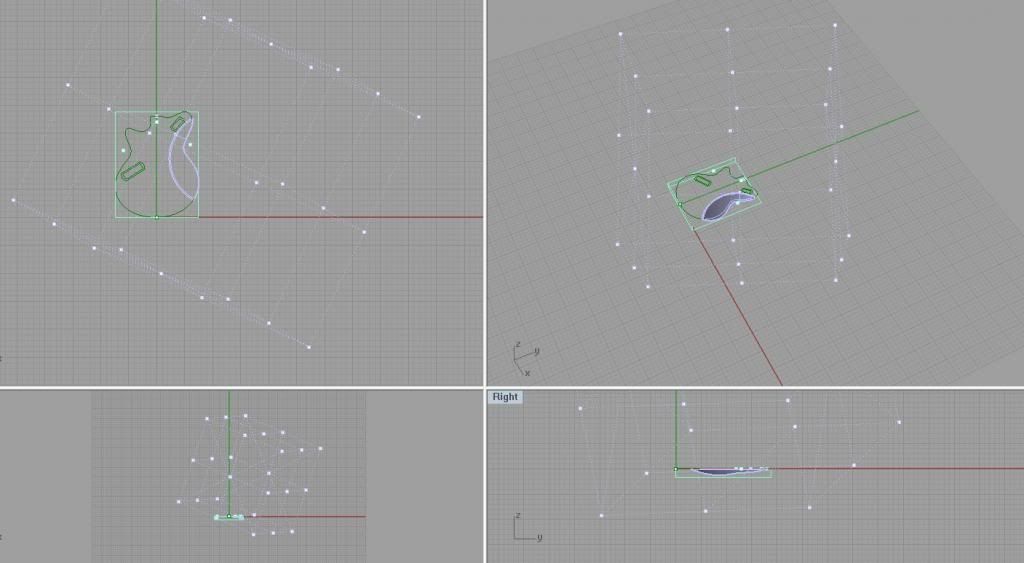Hello,
I'm having problems with Visual Mill. I will import my Rhino 4 drawing and everything looks good except for surfaces. I'm getting a shift where the surface is not in the right place compared to the normal curves.
Check it out: here is my drawing in Rhino

and here is what it looks like when imported into Visual Mill:

You can see how the tummy cut surface has moved up and over.
Does anyone know why this shift is happening?
As a workaround, I've been drawing a larger surface that is larger than my containment zone and it if shifts a little bit, it will still work-at least for this tummy cut.
Looking to fix this.
Thanks for any help!
